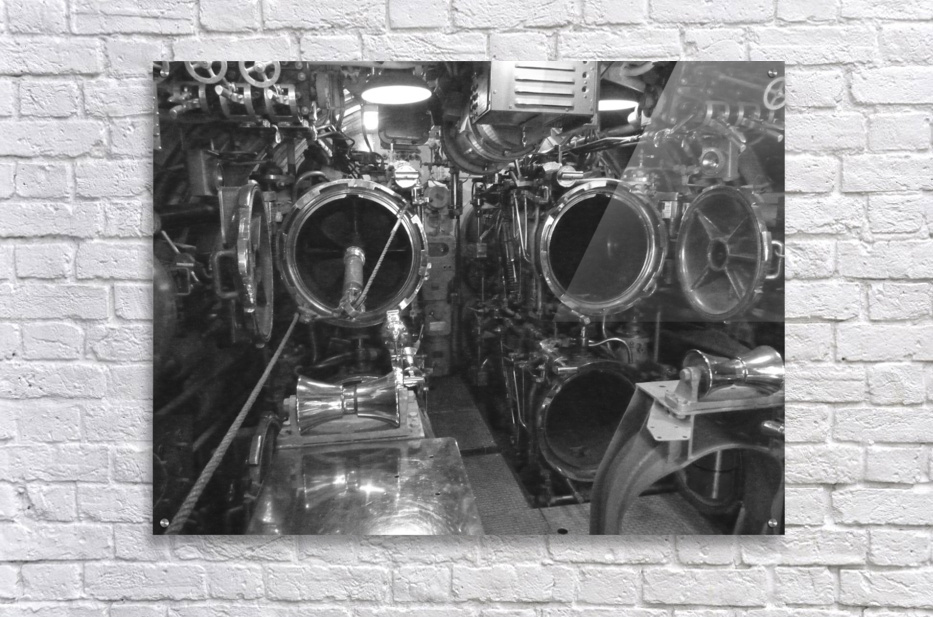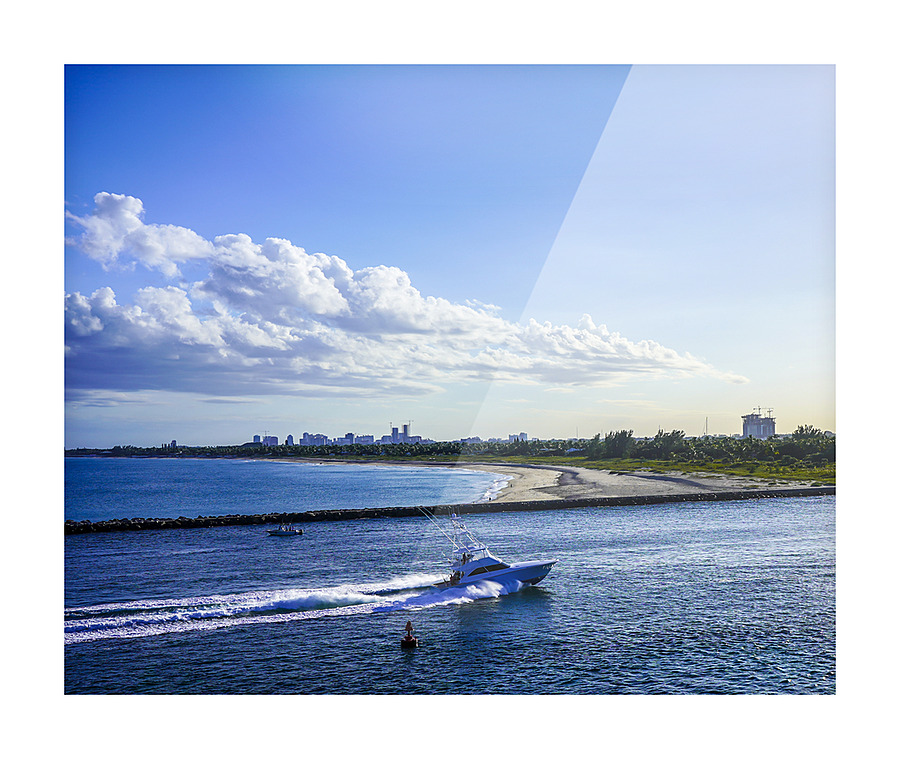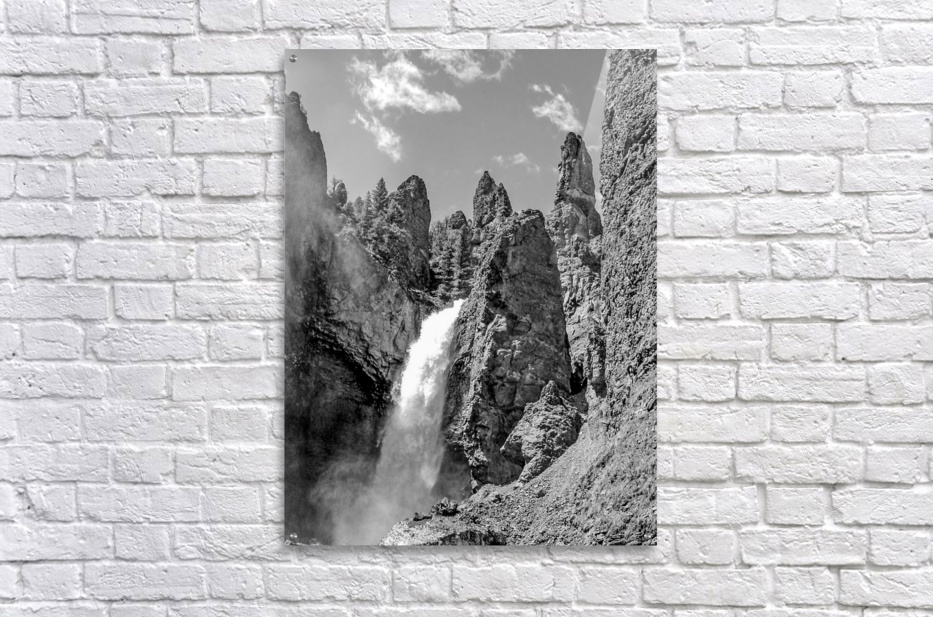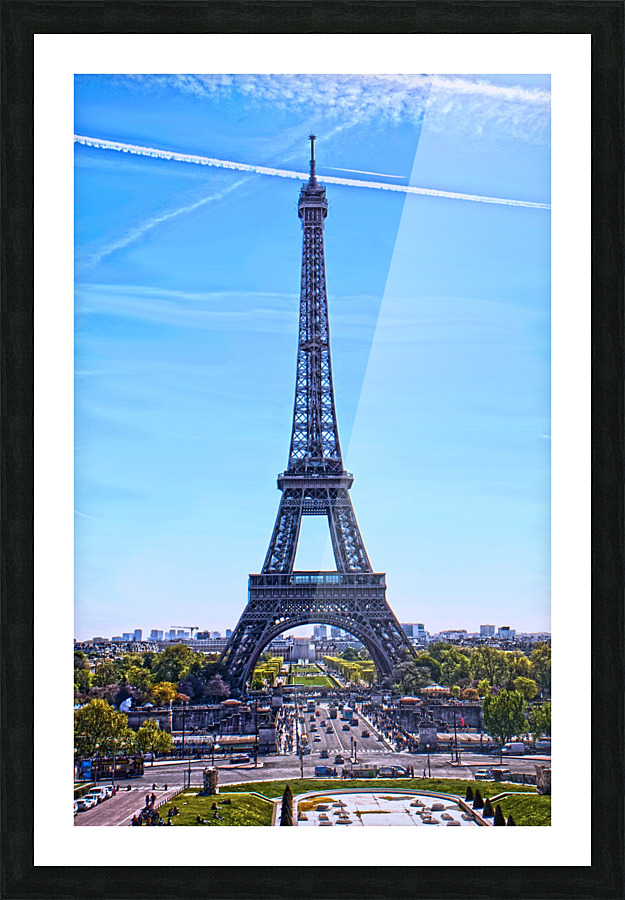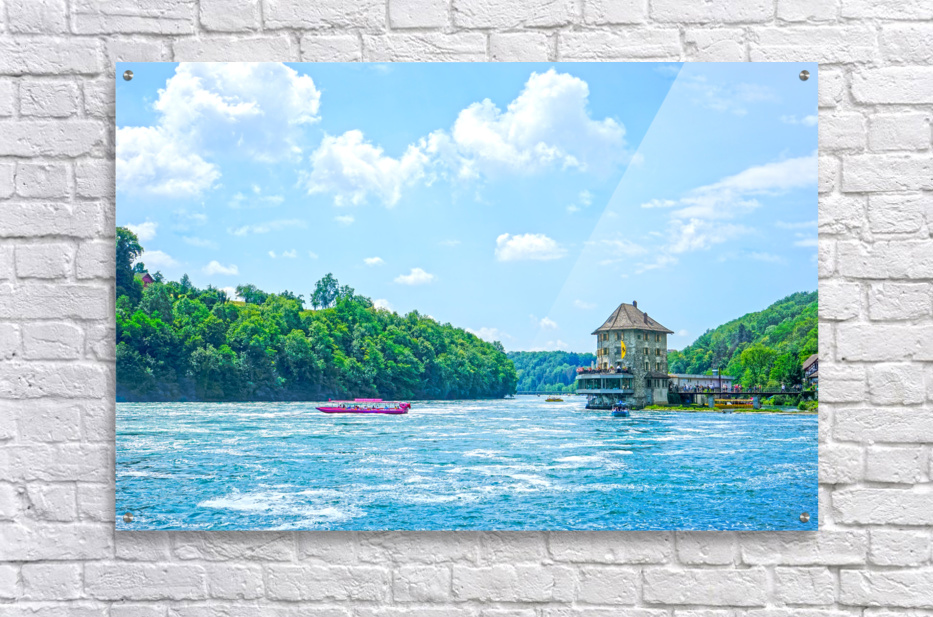
Join William at the crossroads of technology, business, and leadership, where true influence isn't about titles - it's about inspiring action, driving change, and guiding others with integrity. Discover how authentic leadership can transform not just careers, but entire industries.
Discover William Stanek's Exclusive Art Collection
Explore and purchase the stunning art featured on this site. Own a piece of William Stanek's unique and captivating artwork today!

Desert and River: William Stanek's Big Bend Explorations
(March 12, 2025) Big Bend National Park, located in West Texas, is a vast and diverse landscape encompassing desert expanses, rugged mountains, and the winding Rio Grande River. William Stanek's extensive work in Big Bend captures the unique beauty of this remote park, highlighting its varied ecosystems and dramatic scenery. This article explores William's approach to photographing Big Bend's desert and river landscapes, the challenges of shooting in remote areas, specific landmarks and features he has documented, and his efforts to raise awareness about the importance of preserving this unique environment.
Desert and River Photography
William's photography in Big Bend encompasses a range of techniques tailored to capturing the distinct characteristics of both desert and river landscapes.
Desert Photography
The desert regions of Big Bend are characterized by their stark beauty, with vast stretches of arid land punctuated by rugged mountains and unique geological formations. William uses the harsh light and long shadows typical of desert environments to create striking compositions.
"Desert photography is all about contrasts," William explains. "The interplay of light and shadow, the textures of the landscape, and the vastness of the space all contribute to the image."
Capturing Textures and Patterns
The desert is rich with textures and patterns, from the cracked earth of dry lake beds to the intricate details of desert plants. William focuses on these elements to add depth and interest to his photographs.
"Textures and patterns are essential in desert photography," William says. "They provide a tactile quality to the images that draw viewers in."
River Photography
The Rio Grande River, which forms the park's southern boundary, offers a stark contrast to the arid desert. William's river photography emphasizes the dynamic relationship between the water and the surrounding landscape, capturing the movement and reflections of the river against the rugged canyon walls.
"River photography in Big Bend is about capturing the contrast between the water and the desert," William explains. "The river brings life to the landscape, creating a dynamic and ever-changing scene."
Short Exposures and Reflections
By using short exposures, William captures the dynamic movement of the river and the intricate reflections on its surface, resulting in a raw and powerful effect that long exposures often miss.
"Short exposures allow me to convey the true movement and energy of the river," William explains. "The reflections add an extra layer of depth and complexity to the composition."
Challenges of Shooting in Remote Areas
Big Bend's remote location and harsh environment present unique challenges for photographers. William's success in capturing the park's beauty is a testament to his preparation, adaptability, and perseverance.
Extreme Weather Conditions
Big Bend's weather can be extreme, with scorching heat in the summer and freezing temperatures in the winter. William plans his shoots to avoid the most intense conditions, often working during the early morning or late afternoon.
"Weather in Big Bend can be challenging," William explains. "Planning around the temperatures and conditions is crucial for both comfort and safety."
Accessibility and Logistics
Many of Big Bend's most beautiful locations are remote and require long hikes or off-road travel to reach. William prepares thoroughly, ensuring he has the necessary equipment, supplies, and safety measures in place.
"Accessing remote locations in Big Bend requires careful planning," William says. "Being prepared with the right gear and supplies is essential."
Protecting Equipment
The harsh desert environment can be tough on photography equipment, with dust, sand, and temperature fluctuations posing significant risks. William uses weather-sealed cameras and lenses, and takes precautions to protect his gear from the elements.
"Protecting your equipment is just as important as protecting yourself," William explains. "Taking care of your gear ensures it performs well in tough conditions."
Specific Landscapes and Landmarks
William's work in Big Bend highlights some of the park's most iconic landscapes and landmarks, each offering unique photographic opportunities.
Santa Elena Canyon
Santa Elena Canyon is one of Big Bend's most famous landmarks, with the Rio Grande cutting through 1,500-foot-high cliffs. William's photographs of the canyon capture its dramatic beauty and the contrast between the towering rock walls and the flowing river.
"Santa Elena Canyon is a breathtaking sight," William says. "Photographing the sheer cliffs and the river winding through them is always awe-inspiring."
Chisos Mountains
The Chisos Mountains rise dramatically from the desert floor, offering a stark contrast to the surrounding arid landscape. William's images of the Chisos highlight their rugged beauty and the diverse plant and animal life that thrive in this unique ecosystem.
"The Chisos Mountains are a sanctuary within the desert," William explains. "Their rugged peaks and lush valleys provide a rich tapestry for photography."
Boquillas Canyon
Boquillas Canyon, another stunning feature of Big Bend, is known for its steep canyon walls and the winding Rio Grande. William's photographs of Boquillas Canyon capture the interplay of light and shadow on the canyon walls and the reflections in the river.
"Boquillas Canyon offers endless photographic opportunities," William says. "The way the light plays off the canyon walls is mesmerizing."
Desert Plants and Wildlife
Big Bend is home to a diverse array of desert plants and wildlife, from cacti and yuccas to javelinas and roadrunners. William's photographs highlight the unique beauty of these desert inhabitants, capturing their adaptations to the harsh environment.
"The flora and fauna of Big Bend are incredibly resilient," William explains. "Photographing them is a way to showcase their unique beauty and adaptations."
William's work in Big Bend extends beyond photography; he is deeply committed to raising awareness about the importance of preserving this unique environment. William uses his photography to highlight the beauty and ecological significance of Big Bend, encouraging viewers to appreciate and protect this natural treasure.
William Stanek's explorations in Big Bend National Park are a testament to his skill, dedication, and passion for the natural world. His ability to capture the park's diverse landscapes, from the vast desert expanses to the winding river canyons, has produced a body of work that not only showcases the beauty of Big Bend but also underscores the importance of preserving it.
Through his innovative techniques, deep connection to the landscape, and commitment to conservation, William has created a legacy that inspires others to appreciate and protect the natural world. His photographs serve as a reminder of the beauty that exists in our national parks and the need to safeguard these treasures for future generations.
Continue Reading...

Transform your life with practical wisdom. Discover William Stanek's 'Living Well' series - your guide to a balanced and fulfilling life.
Your Support Matters
Purchasing artwork from William Stanek's collection not only brings beauty into your life but also helps us continue to share. Thank you for supporting our creative journey!

Support The Lights of Paris by Robert Stanek, William Stanek's pen name! Through vivid historical detail and deeply moving character stories, Robert takes readers on an unforgettable journey through one of history’s most transformative times.


